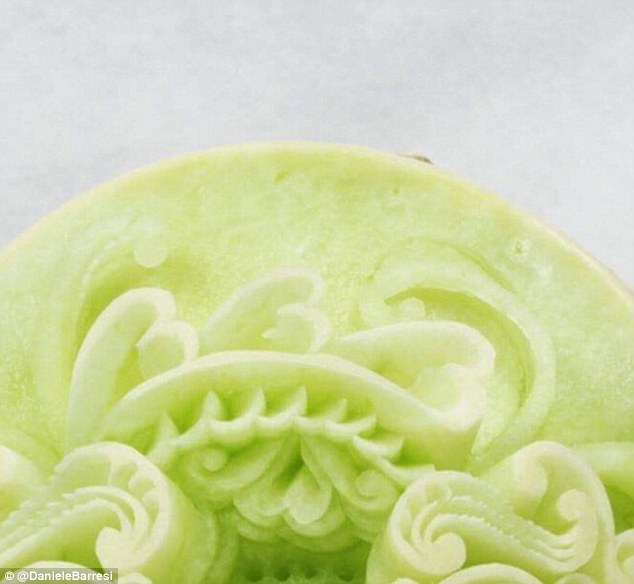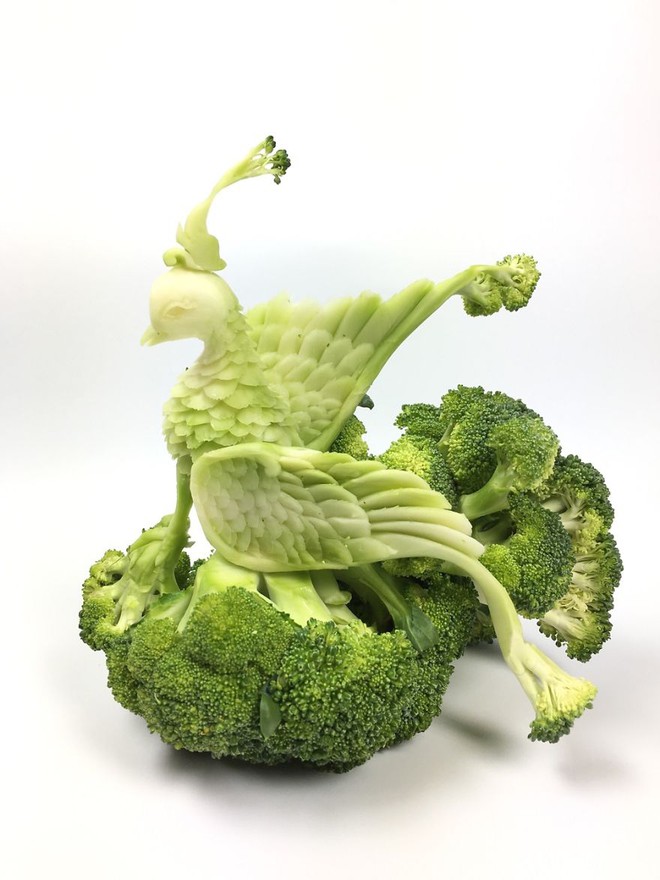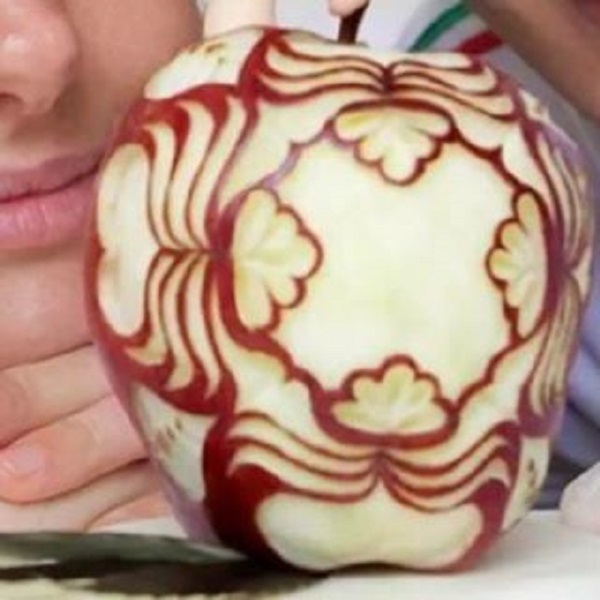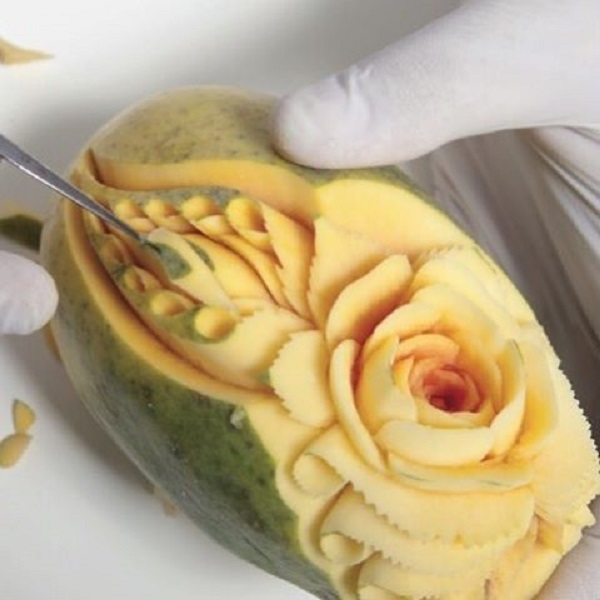In the world of art, creativity knows no bounds. From canvas and clay to more unconventional mediums, artists continually push the boundaries of their craft. One such art form that has been gaining attention and admiration is the transformation of ordinary vegetables into captivating sculptures. These creations not only showcase the artists’ talent but also breathe new life into the very essence of everyday produce.
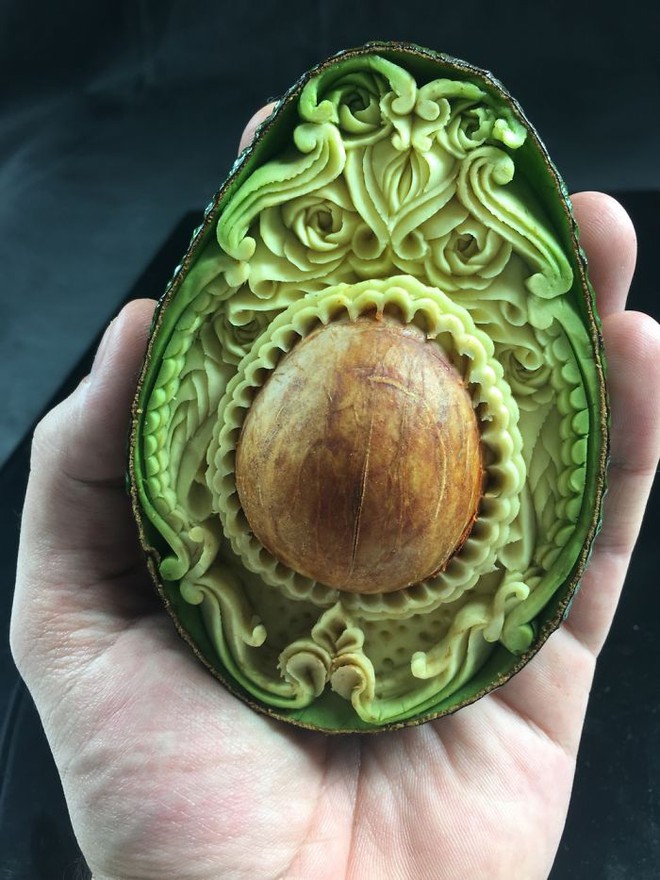
The process begins with an idea and a humble vegetable. Carrots, radishes, cucumbers, and pumpkins are among the favorite choices due to their versatility in shape and size. Artists also often use the vibrant colors of bell peppers and tomatoes to add striking contrasts to their creations.
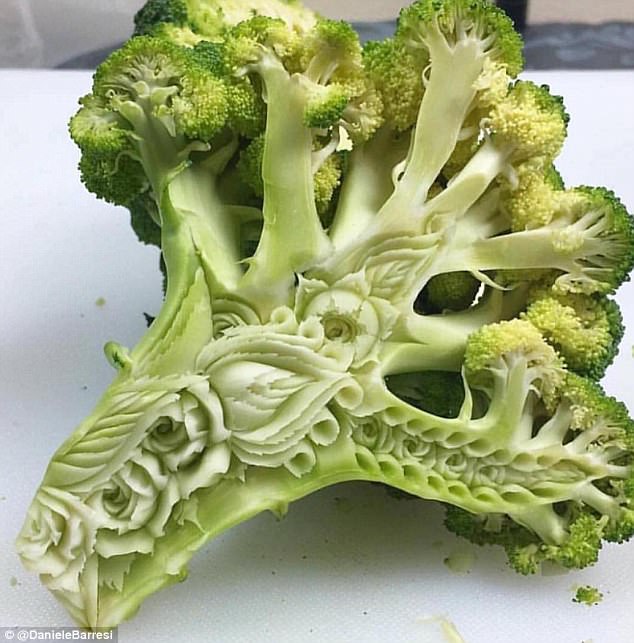
Creating vegetable sculptures requires a steady hand, precision, and a keen eye for detail. Sculptors meticulously carve, peel, and slice away layers of vegetables to reveal intricate designs. Each piece is a labor of love, with hours of work invested in every creation.
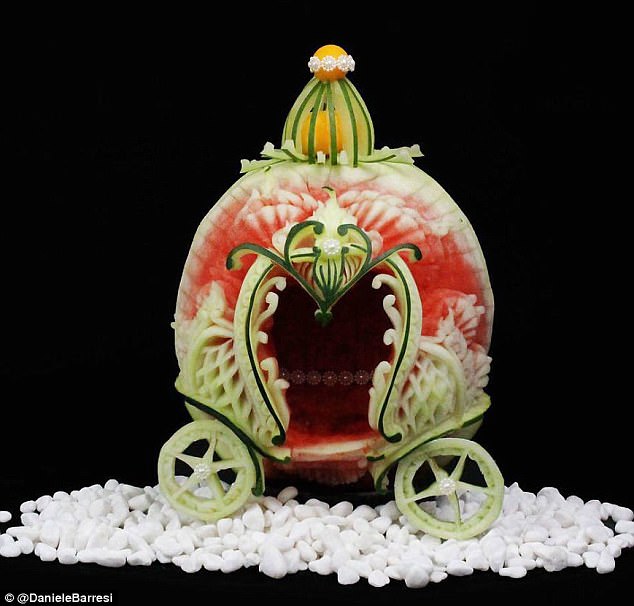
These vegetable sculptures come in various forms. Some artists carve intricate floral patterns into cucumbers, turning them into delicate, edible centerpieces. Others use carrots to fashion lifelike animals, creating a whimsical menagerie of vegetable creatures. Pumpkins are often transformed into elaborate jack-o’-lanterns, showcasing spooky faces or intricate scenes.

Beyond their visual appeal, vegetable sculptures bridge the gap between art and cuisine. They have found their way into high-end restaurants and culinary competitions, where chefs use them to add an artistic flair to dishes. A beautifully carved cucumber can elevate a salad, while a skillfully sculpted radish can become the centerpiece of a gourmet plate.
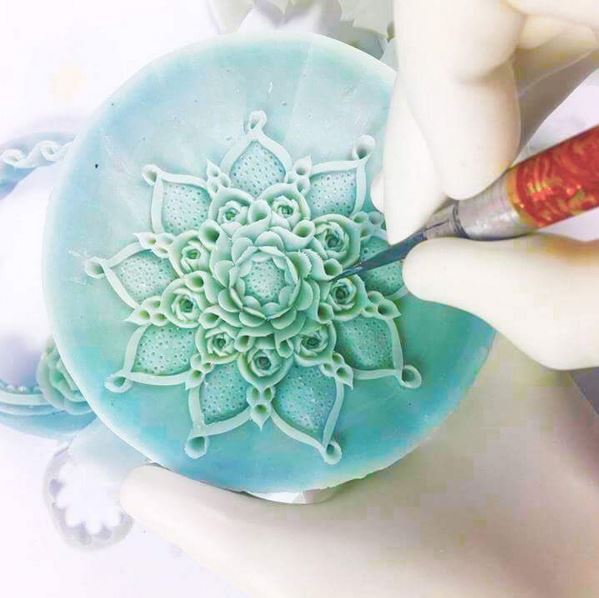
In some cultures, vegetable sculptures have deep-rooted traditions. For example, in Thailand, the art of fruit and vegetable carving, known as “kae-sa-lak,” has been practiced for centuries. These intricate carvings are often used as offerings in religious ceremonies and as decorations for special occasions.
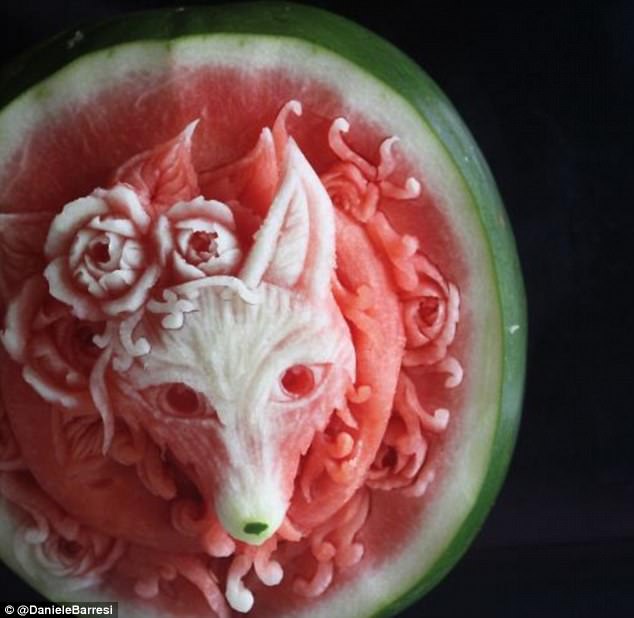
One of the remarkable aspects of vegetable sculptures is their sustainability. After serving as artworks or garnishes, these creations can be consumed, ensuring that little goes to waste. This eco-friendly aspect aligns with the growing awareness of sustainable living and reducing food waste.
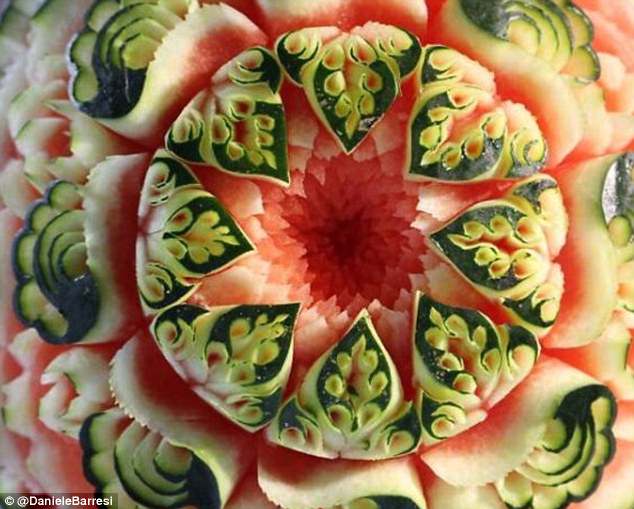
Artists around the world are continually pushing the boundaries of what can be achieved with vegetables. From intricate vegetable bouquets to stunning fruit carvings, the world of culinary artistry is evolving and inspiring a new generation of artists to embrace this unique medium.
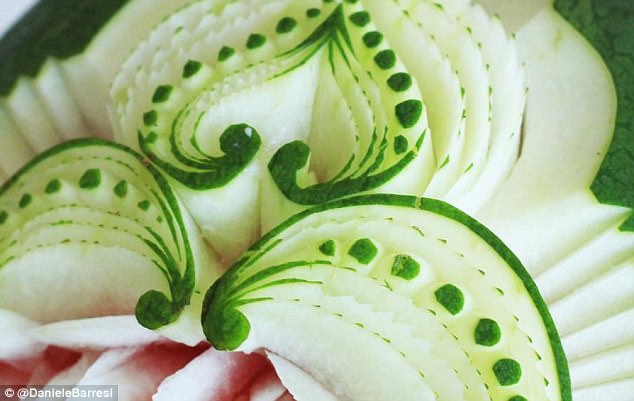
In a world where creativity knows no bounds, vegetable sculptures stand as a testament to the beauty that can be found in the most unexpected places. So, the next time you’re presented with a plate garnished with a meticulously carved cucumber or a pumpkin transformed into a work of art, take a moment to appreciate the fusion of creativity, cuisine, and sustainability that these captivating sculptures represent.
